Gold has been a symbol of wealth and a significant currency throughout history. It remains essential in today’s economy, particularly as a hedge against inflation and a safe-haven asset in turbulent times. This article delves into the specifics of gold ownership in America, aiming to shed light on the average American’s relationship with this precious metal.
How Much Gold Does the Average US Citizen Own?
Determining the precise amount of gold owned by the average American is a complex endeavor, primarily due to the private nature of gold ownership. Data on the subject is often hard to come by, as many individuals buy and store gold in a manner that does not make it readily visible to statistical gathering. However, by examining several indicators, we can gain a reasonable understanding of how much gold the average US citizen owns.
The World Gold Council, a market development organization for the gold industry, offers valuable insights on this topic. In their 2020 survey, it was revealed that 38% of retail investors in the US directly own physical gold. Despite the survey not specifying the amount of gold owned by these individuals, it provides a foundation for our understanding.
To further explore the question, we can consider the total volume of privately-owned gold within the US, estimated to be around 1.6% of the global total. This equates to approximately 26,000 tonnes. If we divide this figure by the number of households in America, which currently stands at around 128 million, we get an estimated average of 6.4 ounces of gold per household. This estimation, however, doesn’t account for the fact that gold ownership is likely more concentrated among wealthier households, where disposable income is more abundant.
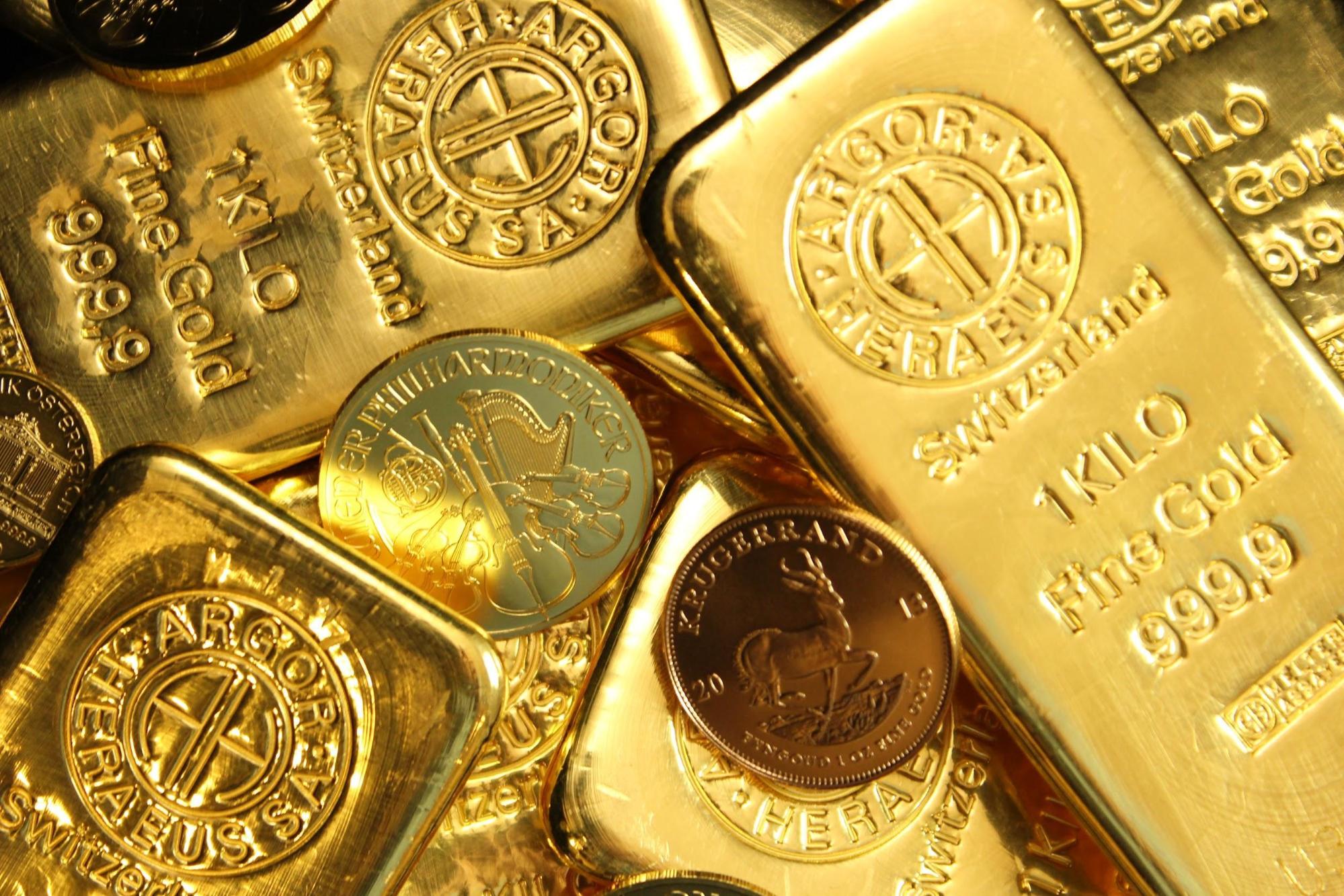
Moreover, it’s worth noting that possessing physical gold is not the only form of gold ownership. For example, many Americans own gold indirectly through financial instruments such as Exchange Traded Funds (ETFs), futures contracts, or shares in gold mining companies. These forms of ownership are often not accounted for in direct possession surveys but significantly contribute to an individual’s total exposure to gold.
Investing in gold can take various forms, including purchasing gold jewelry, coins, bars, and certificates. Each of these forms of gold ownership has unique characteristics and appeals to different investors. For example, gold jewelry is often seen as a fashion accessory and an investment, while gold bars and coins are typically purchased as a store of value or a hedge against economic uncertainty.
In addition to direct and indirect forms of gold ownership, there’s also the aspect of gold held in retirement accounts. Gold can be included in Individual Retirement Accounts (IRAs), offering a form of long-term investment for retirement savers. Gold IRAs have gained popularity recently due to their potential to hedge against inflation and economic downturns.
While the above considerations provide some idea of the average gold ownership among Americans, it’s important to remember that these are rough estimates. The amount of gold an individual owns can vary significantly based on factors such as income level, investment preferences, risk tolerance, and belief in gold as a store of value.
How Many Americans Hold Gold?
The question of how many Americans own gold is easier to answer due to the prevalence of market surveys. For example, according to the World Gold Council’s 2020 Retail Gold Insights report, approximately 38% of American retail investors own physical gold. This figure, while significant, only accounts for direct ownership and doesn’t factor in indirect ownership through financial instruments.
Another study by Gallup in 2019 found that 34% of American investors rated gold as the best long-term investment. This figure indicates a strong affinity for gold among American investors, underscoring the metal’s enduring appeal as a store of wealth and a hedge against financial uncertainty.
Despite the broad appeal of gold, ownership is not evenly distributed among the population. For example, a 2019 survey by Gallup found that gold ownership tends to increase with age, with 31% of adults over 65 owning gold, compared to 18% of those aged 18-29. Similarly, gold ownership is higher among higher-income individuals, with 41% of those earning $100,000 or more owning gold, compared to 23% of those earning less than $30,000.
This discrepancy in gold ownership can be attributed to several factors. First, older and wealthier individuals typically have more disposable income to invest and may be more inclined to seek out safe-haven assets like gold to protect their wealth. Furthermore, these demographics may be more aware of and have greater access to investment opportunities, including gold.
 It’s also worth noting that the way Americans invest in gold has evolved. While physical gold ownership remains popular, there has been a growing trend towards digital gold investments, such as gold ETFs, which offer a convenient and cost-effective way to gain exposure to the gold market.
It’s also worth noting that the way Americans invest in gold has evolved. While physical gold ownership remains popular, there has been a growing trend towards digital gold investments, such as gold ETFs, which offer a convenient and cost-effective way to gain exposure to the gold market.
The allure of gold, whether as a physical possession or an investment asset, is significant among Americans. This is demonstrated by the substantial percentage of the population owning the precious metal in one form or another.
What Nationality Buys the Most Gold?
While gold has universal appeal, cultural and economic factors influence demand across different countries. Among all nationalities, Indians and Chinese stand out as the largest consumers of gold.
India is currently the world’s largest consumer of gold, with the majority of demand driven by the country’s jewelry industry. Gold holds immense cultural significance in India, with the precious metal intricately woven into the country’s social, religious, and cultural fabric. For example, it plays a central role in weddings and religious ceremonies and is considered an auspicious gift. According to the World Gold Council, Indian households held over 25,000 tonnes of gold in 2019, representing 40% of the nation’s total wealth.
China, on the other hand, is the world’s largest gold producer and the second-largest consumer. Gold has long been viewed as a store of wealth in China and is commonly gifted during holidays and special occasions. China’s fast-growing economy and rising middle class have also fueled demand for gold jewelry and investment products.
While the United States also has a significant appetite for gold, it does not match the sheer consumption levels seen in India and China. However, it’s worth noting that America’s gold market is one of the most diverse and sophisticated in the world, encompassing a wide range of investment products and services.
How Much Gold Do Banks Own?
Banks, particularly central banks, are among the world’s largest gold holders. They hold gold as part of their foreign exchange reserves to back liabilities, influence monetary policy, and bolster confidence in their currencies.
As of the end of 2020, central banks worldwide held approximately 35,000 tonnes of gold, which accounts for about 17% of all above-ground gold. The U.S. Federal Reserve holds the most, boasting over 8,133 tonnes of gold, representing about 78% of the U.S.’s foreign reserves. This significant reserve underscores the continued importance of gold in the global financial system.
The role of commercial banks in gold ownership is more nuanced. While they don’t typically hold large amounts of physical gold, commercial banks play an integral role in the gold market through their trading activities. For example, many major banks have commodities trading desks that deal with gold and other precious metals. In addition, they trade in gold derivatives, offer gold investment products to their customers, and occasionally hold physical gold as collateral.
The position of commercial banks in the gold market can fluctuate considerably, reflecting changes in market conditions and customer demand. For instance, during economic uncertainty or heightened market volatility, banks may see increased demand for gold products as investors seek safe-haven assets. Conversely, in periods of economic stability and growth, demand for gold may wane as investors turn to riskier, higher-yielding assets.
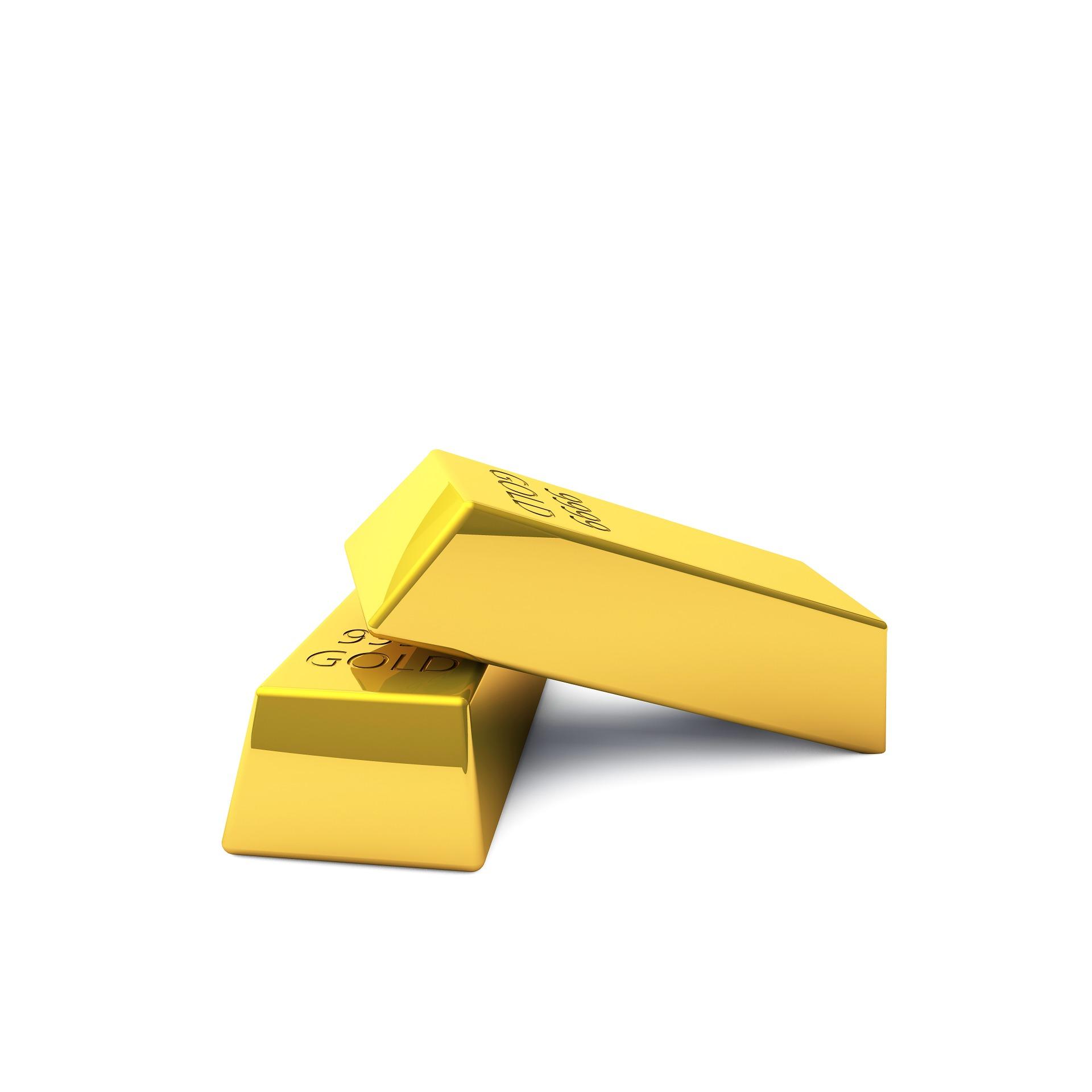 Gold ownership in America is a multifaceted subject that extends beyond mere possession of physical gold. It encompasses various financial instruments, reflects diverse investment strategies, and is influenced by various economic and demographic factors. Similarly, the role of gold on the global stage is substantial, with significant demand from countries like India and China and a prominent place in the reserves of central banks and the operations of commercial banks.
Gold ownership in America is a multifaceted subject that extends beyond mere possession of physical gold. It encompasses various financial instruments, reflects diverse investment strategies, and is influenced by various economic and demographic factors. Similarly, the role of gold on the global stage is substantial, with significant demand from countries like India and China and a prominent place in the reserves of central banks and the operations of commercial banks.
Despite the challenges in quantifying gold ownership accurately, it’s clear that gold continues to hold an important place in the financial landscape, both in America and worldwide. Moreover, as a universally recognized store of value and a hedge against financial uncertainty, gold is likely to remain a popular asset among a broad range of investors for the foreseeable future. So whether you’re an average American considering adding gold to your investment portfolio or a financial institution looking to understand the gold market better, gold’s enduring allure and financial dynamics must be addressed.
Whether you are new to gold investing or have been a collector for years, it is essential to research and work with a reputable dealer. American Bullion is a trusted resource for those looking to invest in gold IRAs, offering a wide selection of gold coins from around the world and expert guidance on which coins are right for you.
So why wait? Invest in gold coins today and start building a brighter financial future.
The post
How Much Gold Does the Average American Own? first appeared on
American Bullion.
Original post here:
How Much Gold Does the Average American Own?
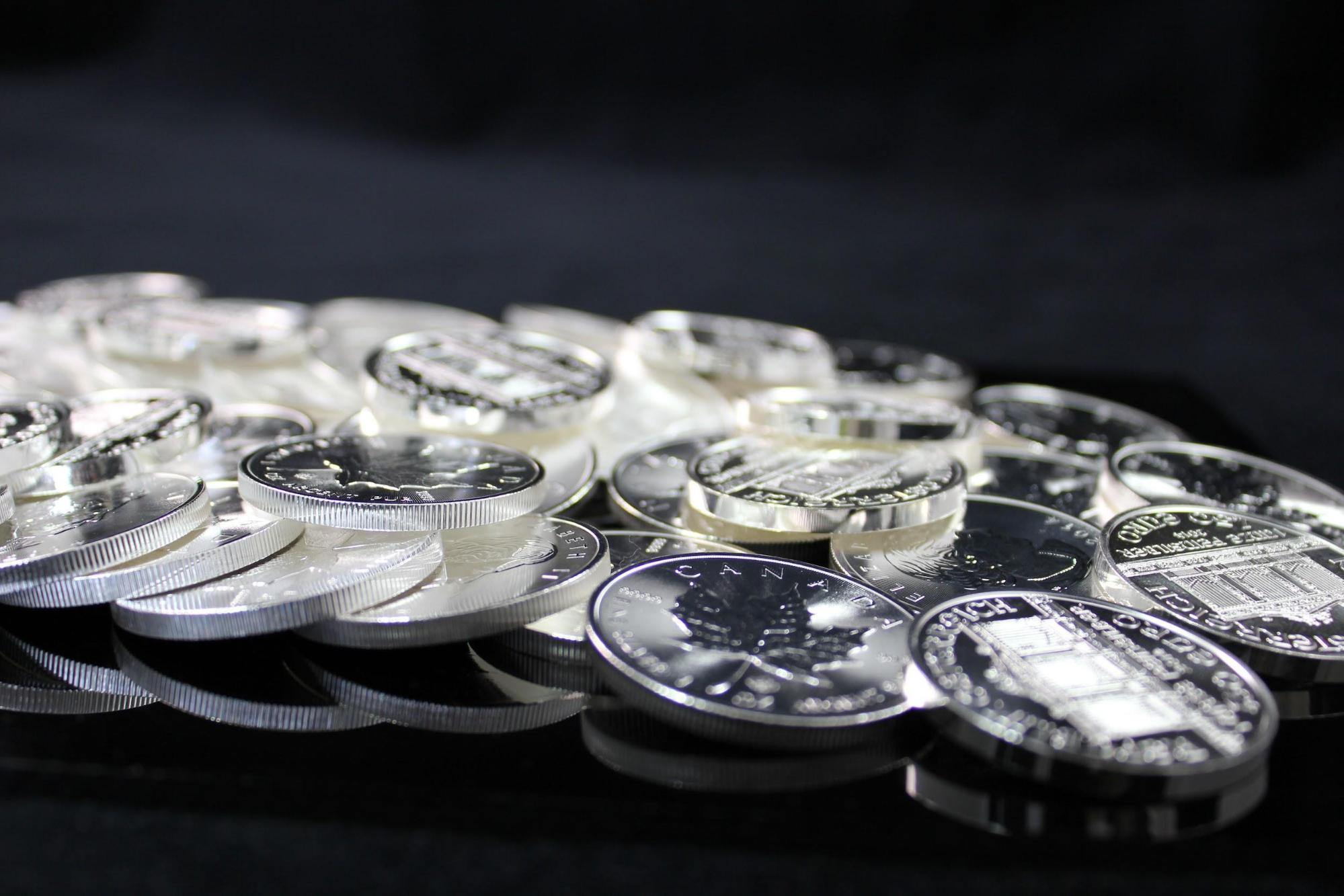 In addition to their intrinsic silver value, many silver coins carry numismatic value. This value stems from a coin’s historical significance, rarity, condition, and demand among collectors. A rare silver coin in excellent condition can be worth much more than just its weight in silver.
In addition to their intrinsic silver value, many silver coins carry numismatic value. This value stems from a coin’s historical significance, rarity, condition, and demand among collectors. A rare silver coin in excellent condition can be worth much more than just its weight in silver.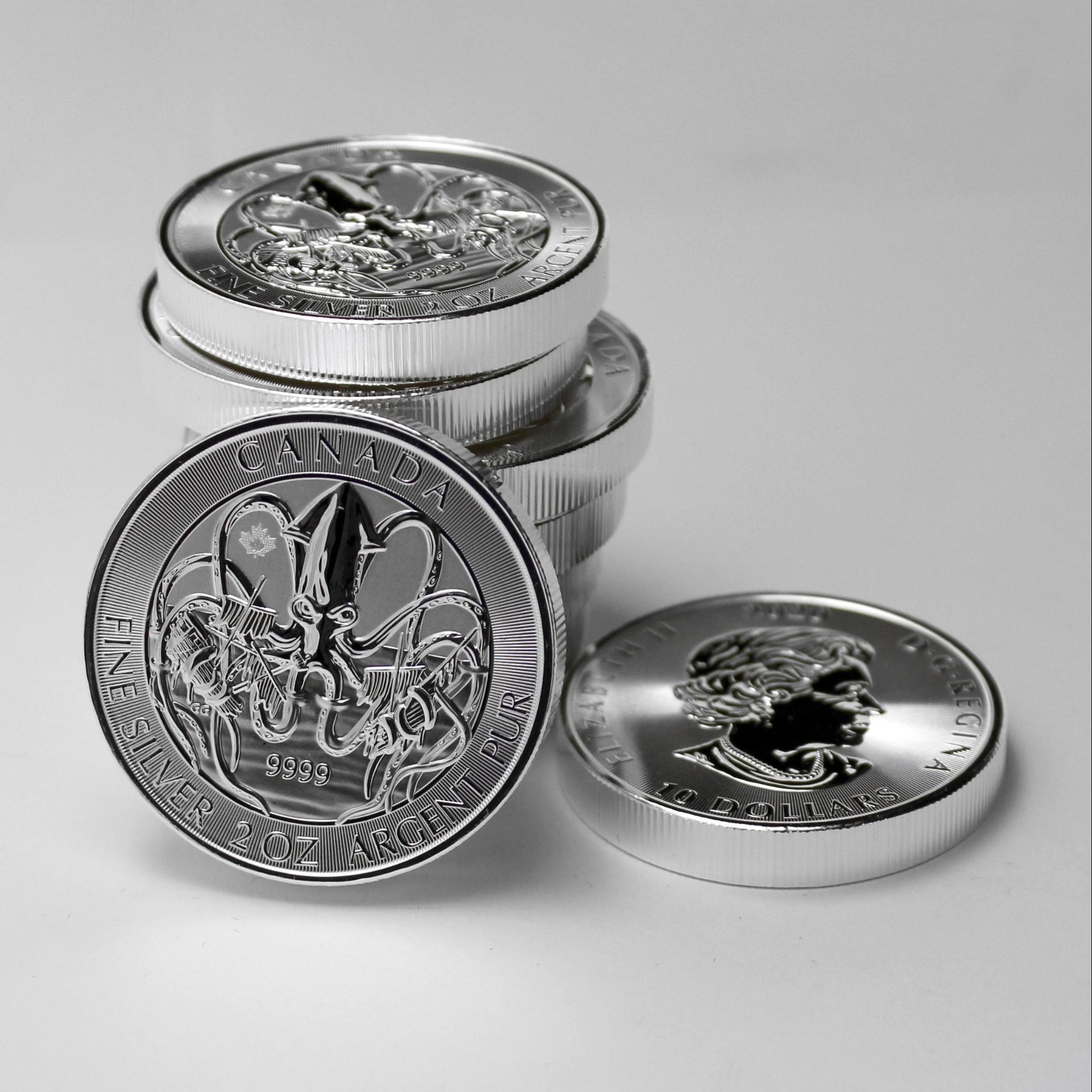 In the United States, silver was used extensively in coinage from the inception of the US Mint in 1792 until the 1960s. Dimes, quarters, half-dollars, and dollars all contained a significant percentage of silver. However, as the price of silver began to rise, the silver content in most coins was reduced or eliminated.
In the United States, silver was used extensively in coinage from the inception of the US Mint in 1792 until the 1960s. Dimes, quarters, half-dollars, and dollars all contained a significant percentage of silver. However, as the price of silver began to rise, the silver content in most coins was reduced or eliminated.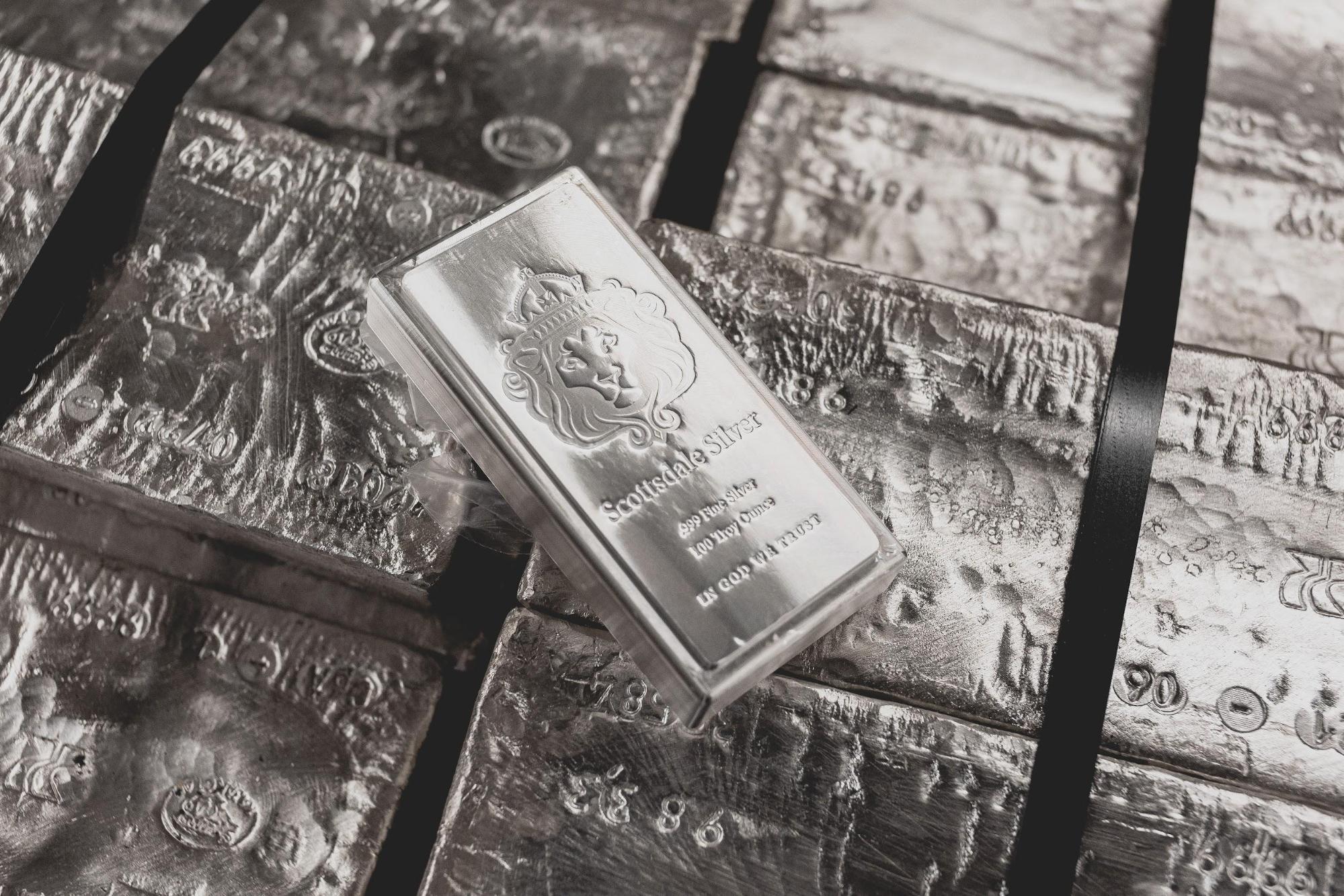 The reason why silver isn’t magnetic lies in its electron configuration. In magnetic substances, the electrons within the material’s atoms align so that their magnetic effects add up to create an overall magnetic field. However, in the case of silver, this alignment of electrons doesn’t occur, making it diamagnetic. Unlike magnetic materials, magnetic materials are repelled by both poles of a magnet, which are attracted.
The reason why silver isn’t magnetic lies in its electron configuration. In magnetic substances, the electrons within the material’s atoms align so that their magnetic effects add up to create an overall magnetic field. However, in the case of silver, this alignment of electrons doesn’t occur, making it diamagnetic. Unlike magnetic materials, magnetic materials are repelled by both poles of a magnet, which are attracted.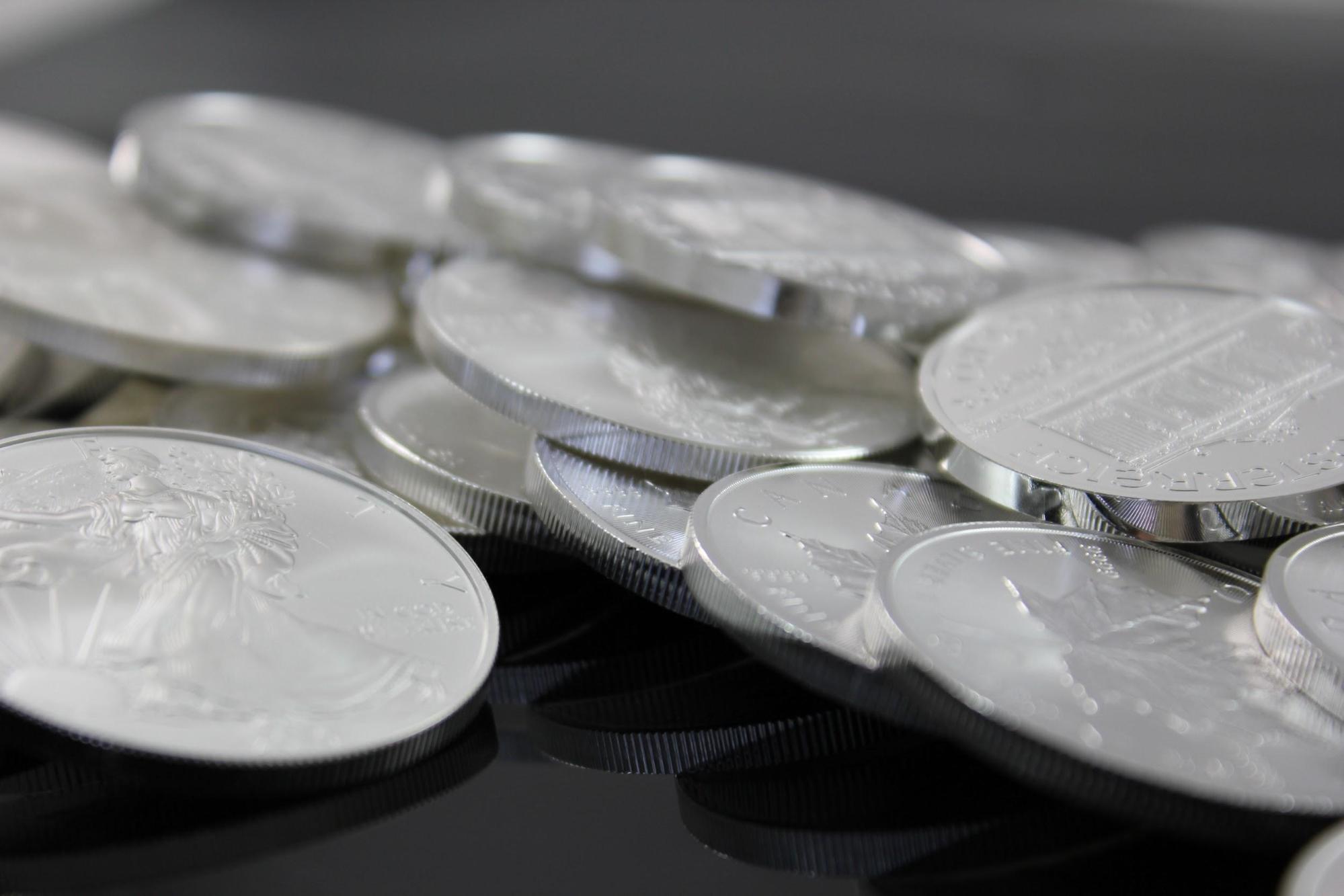 Non-Magnetic Materials
Non-Magnetic Materials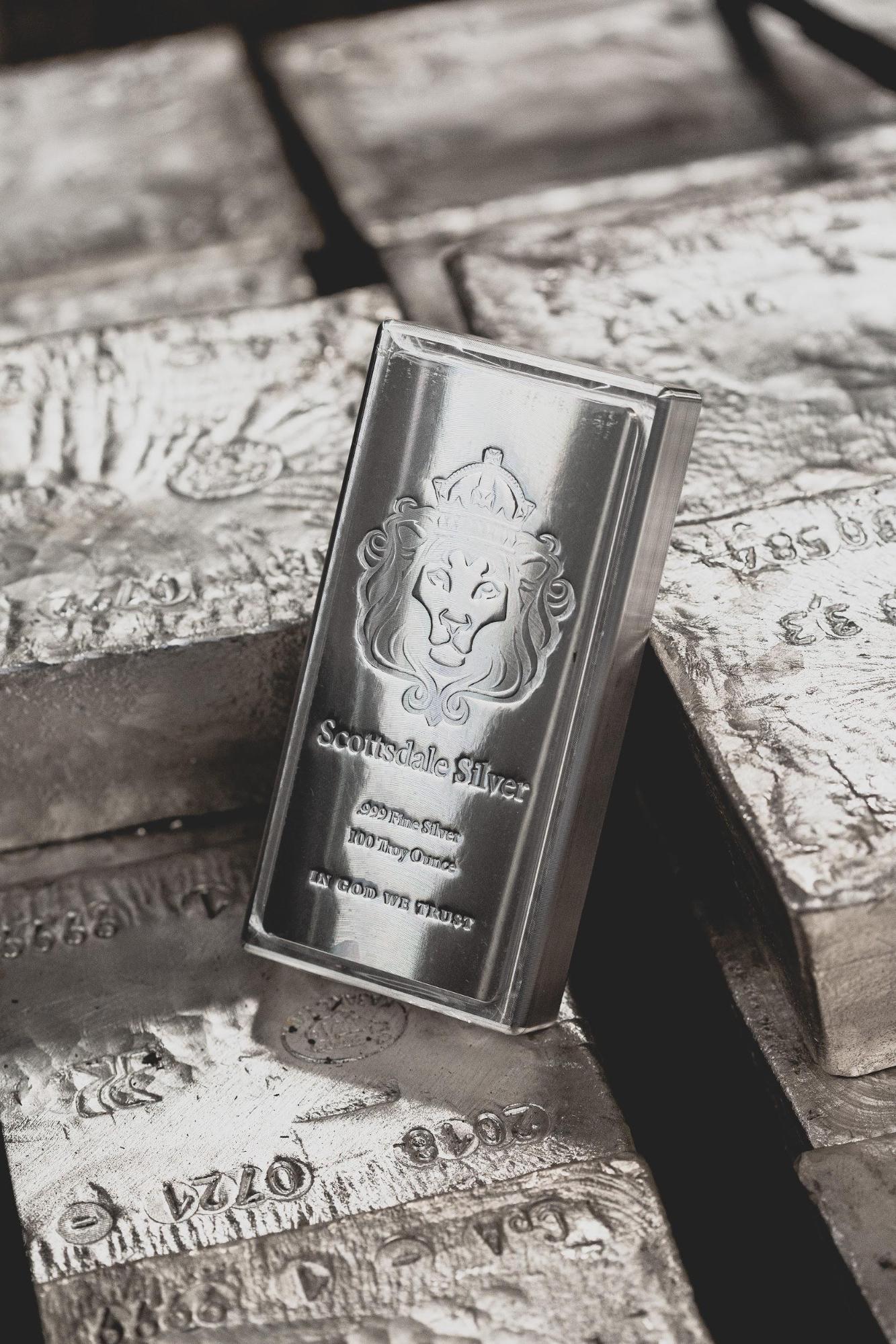 What is Stacking Silver?
What is Stacking Silver?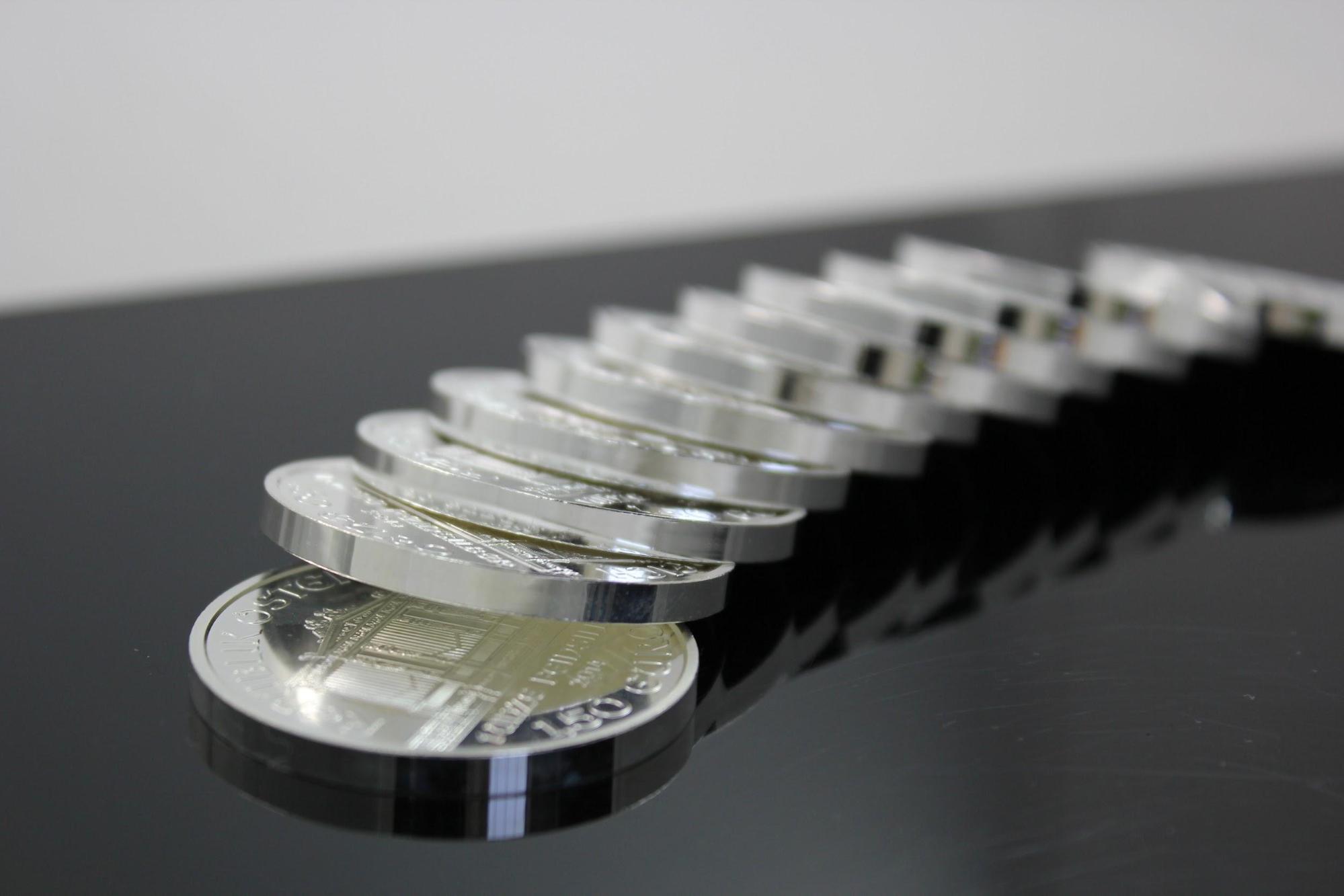 Hedge against Inflation:
Hedge against Inflation: 
 It’s also worth noting that the way Americans invest in gold has evolved. While physical gold ownership remains popular, there has been a growing trend towards digital gold investments, such as gold ETFs, which offer a convenient and cost-effective way to gain exposure to the gold market.
It’s also worth noting that the way Americans invest in gold has evolved. While physical gold ownership remains popular, there has been a growing trend towards digital gold investments, such as gold ETFs, which offer a convenient and cost-effective way to gain exposure to the gold market. Gold ownership in America is a multifaceted subject that extends beyond mere possession of physical gold. It encompasses various financial instruments, reflects diverse investment strategies, and is influenced by various economic and demographic factors. Similarly, the role of gold on the global stage is substantial, with significant demand from countries like India and China and a prominent place in the reserves of central banks and the operations of commercial banks.
Gold ownership in America is a multifaceted subject that extends beyond mere possession of physical gold. It encompasses various financial instruments, reflects diverse investment strategies, and is influenced by various economic and demographic factors. Similarly, the role of gold on the global stage is substantial, with significant demand from countries like India and China and a prominent place in the reserves of central banks and the operations of commercial banks.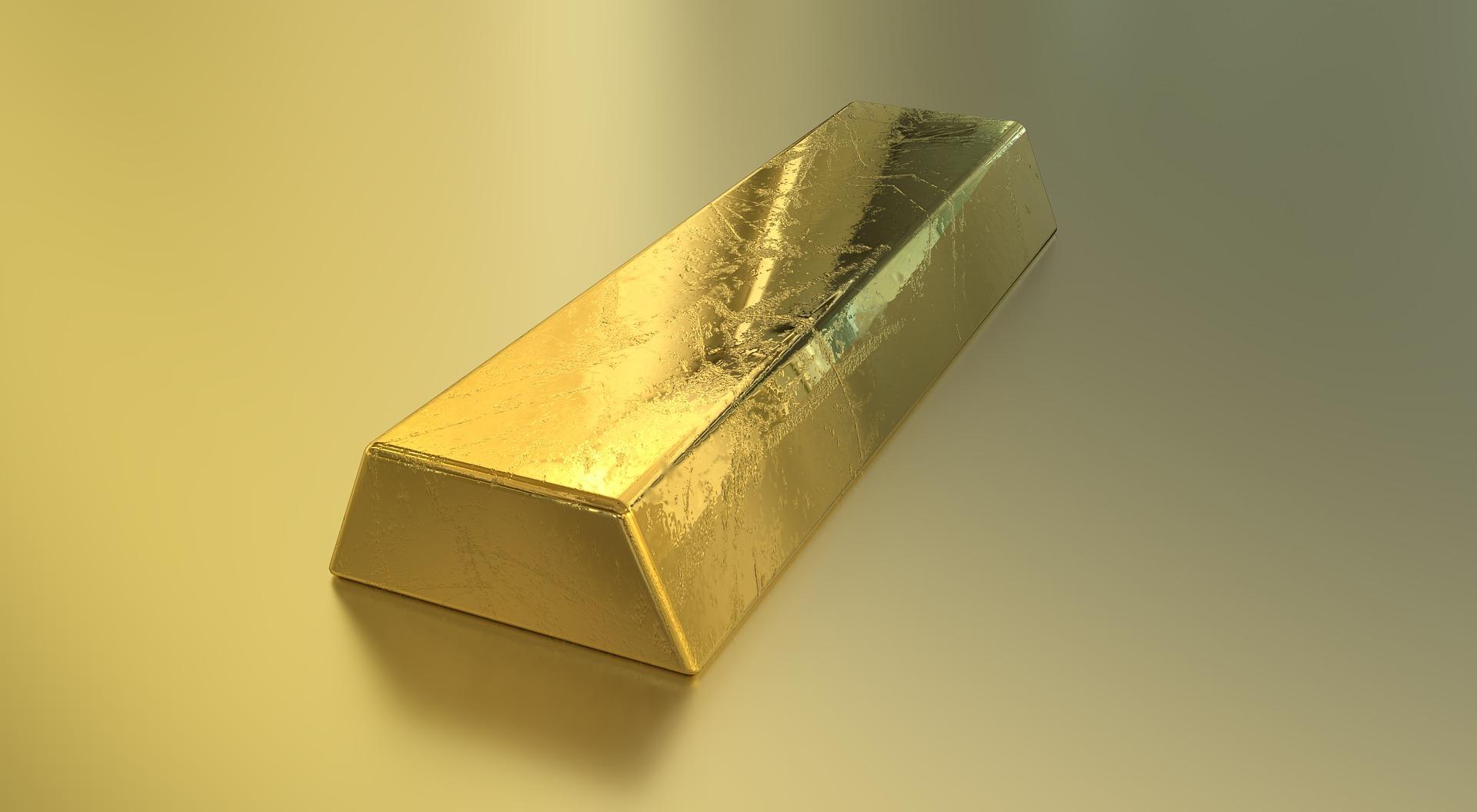
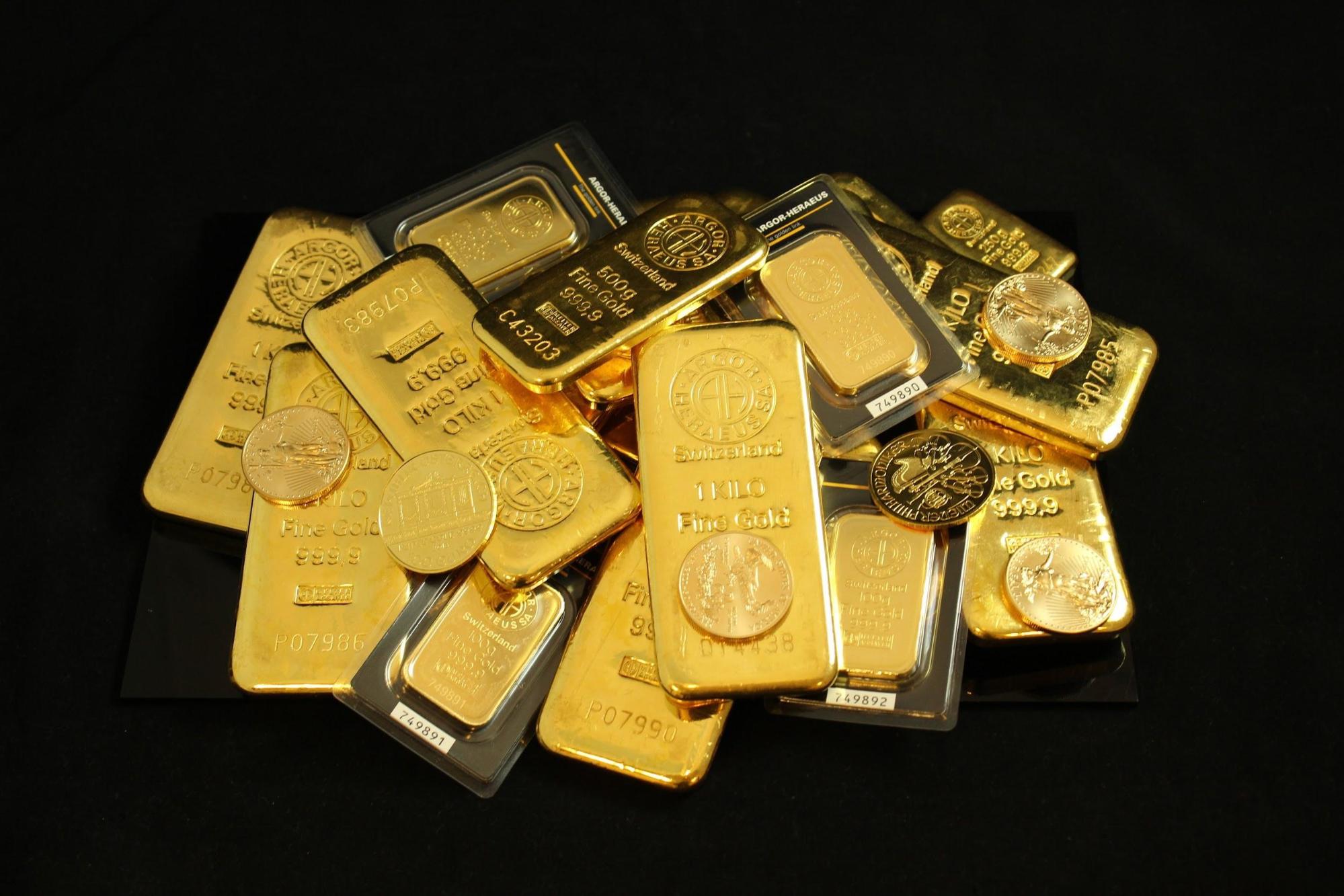 How can gold benefit your health?
How can gold benefit your health?